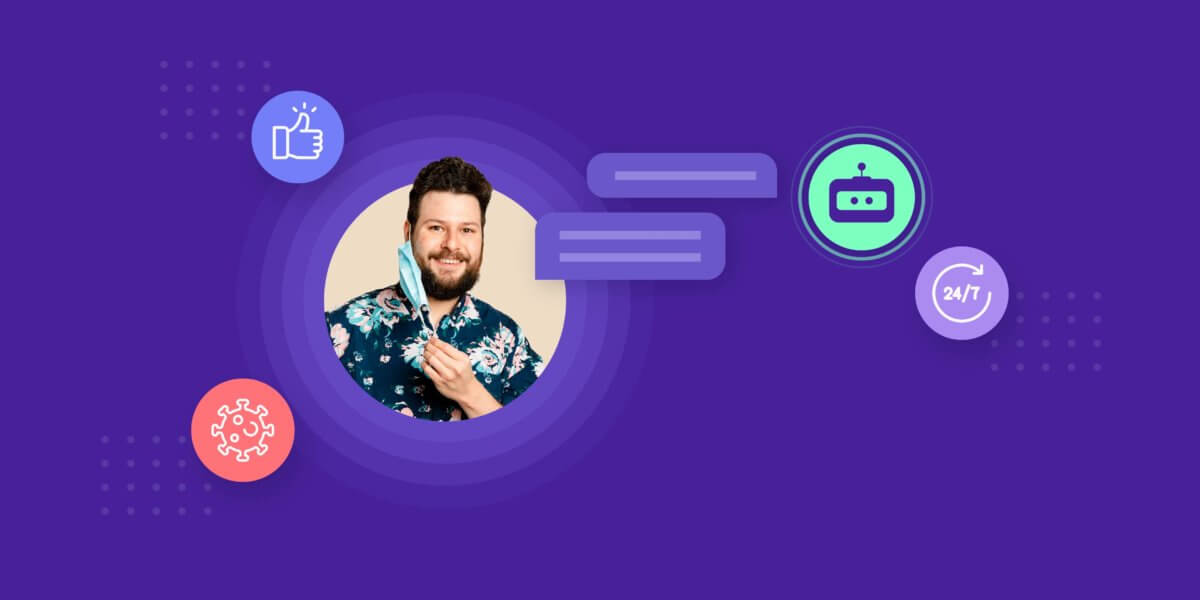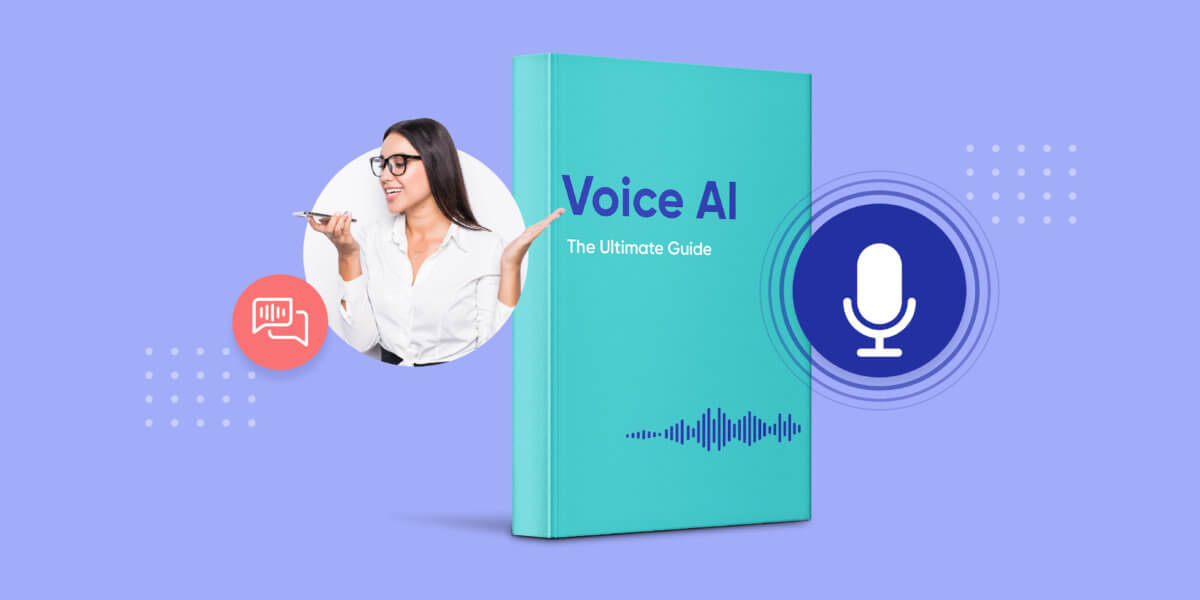The Ultimate Guide to Closing B2B Sales
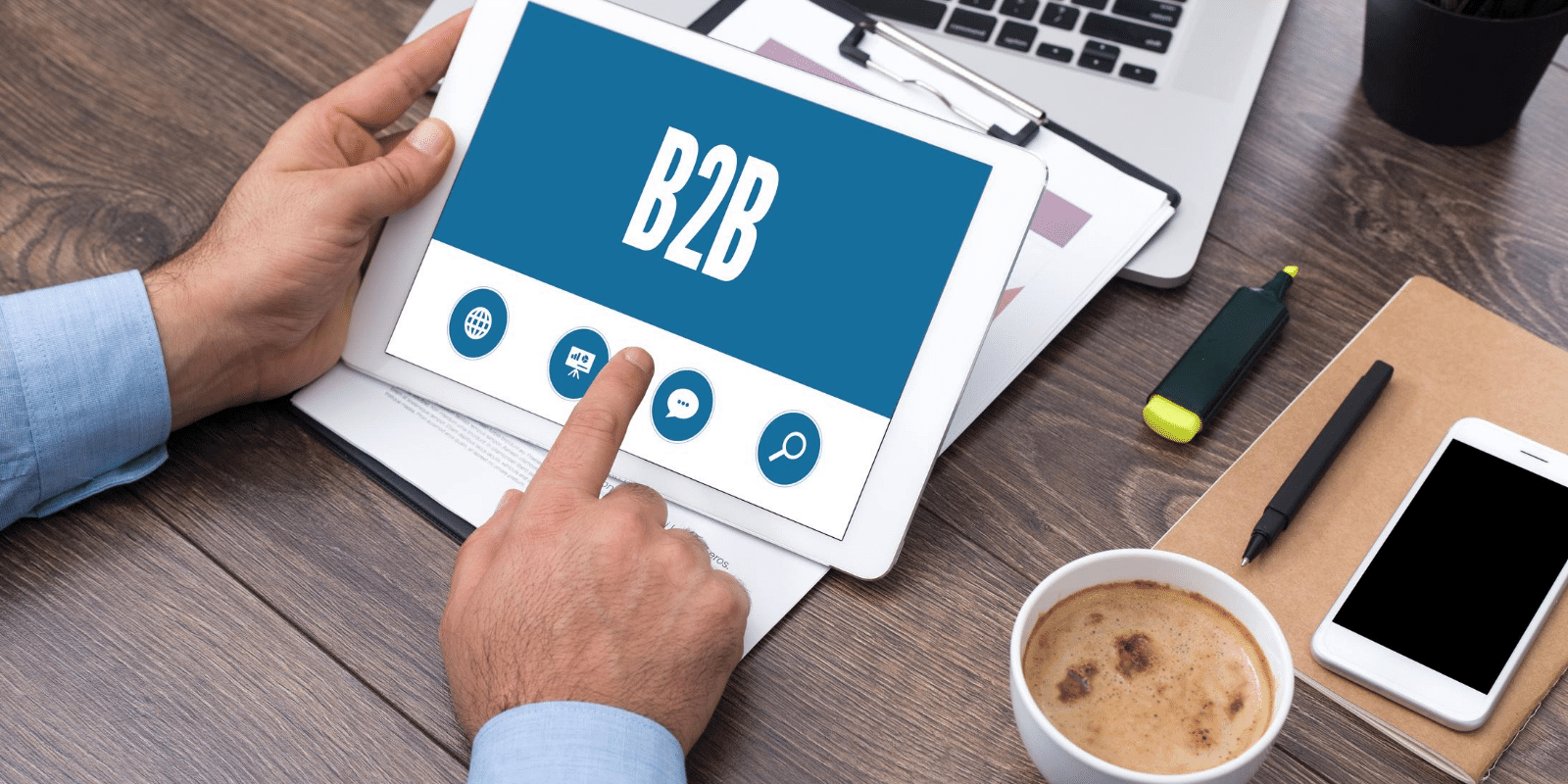
The Ultimate Guide to Closing B2B Sales
B2B sales. Let’s start off simple.
What are B2B Sales?
B2B is shorthand for “Business to Business”, and refers to companies, or sales representatives that sell products/services primarily to other companies, instead of directly to consumers. By extension, B2B sales are organizations, or individual representatives of organizations with an interest in what you’re selling. This interest is typically displayed with an exchange of contact information, like email ID’s, phone numbers etc.

What are Some of the Challenges of The B2B Market?
The B2B market has several latent characteristics that go on to define some of the hurdles that you’ll face while trying to complete a sale.
- Much larger transactions – On average, the B2B sales market is near twice the size of a B2C market, transactions in the B2B space are in the thousands and millions, billions even. The global B2C market is $250 billion in value, while the global B2B market is $560 billion.
- More difficult – Unlike when dealing with regular consumers, B2B sales deals with professionals who’re trained to get the best possible deal. Buyers are experts, so B2B salespeople have to match up.
- More stakeholders – Depending on what you’re selling, a B2C product usually only has a single stakeholder involved in the transaction. In a B2B sales market, however, there are various stakeholders, like the marketing, sales, product team who’re affected by what you’re offering.
- Increased purchase time – Given the difficulty of the sale, and the number of stakeholders involved, the average purchase time for a B2B sales transaction is much longer than that of a B2C sale.
- More value sensitive – Unlike consumers, companies are far more quality and value sensitive, and look for the product or service that best suits their needs.
Suggested Reading: B2B Sales, And How You Lose B2B Leads
However, B2B Sales Industry Has Seen a Revolution Over the Past Few Decades.
The world of B2B Sales has two distinct time frames, Before the Internet (BI) and Post the Internet (PI).
In the BI era, B2B sales were a display of dominance. Sales were largely transacted by the power of the sellers, as information about products were hard to come by. Buyers had to approach the seller early in the sales process in order to research their purchase. Once contacted, the seller could exert influence over the buyer, and simply force a sale using a hard pitch. This asymmetry creates an imbalance of power, to create a seller-side monopoly of knowledge.

Every time the buyer came to the seller for additional information about the product or the industry, the seller would extract another pound of flesh, and the buyers hated this process.
So How Do I Close My B2B Sales Better?
However, as the internet arrived at the forefront of communication and information became more easily accessible, the sales-side leverage started to fade. From product reviews, pricing estimates, and feature comparisons, prospective buyers can now research products, companies, competitors and industries from the luxury of their own home.
Buyers today want to buy, but they don’t want to be sold to. This means salespeople have had to completely change their approach. The best pitches from the most successful sales reps today aren’t pitches at all; they’re consultations. Salespeople that listen for opportunities to help, teach and delight the buyer are those that complete sales and create loyal customers.
To close better, you need to open better, because far too often, your sales leads slip through your fingers.
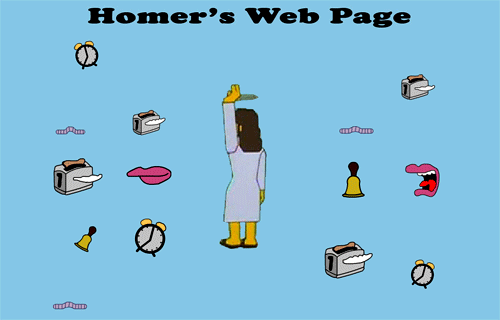
As the internet came to be the primary mode of corporate communication en scale, prospects moved further away from the personalized questions that came with traditional sales. The simplest and most evident example of this revolution-gone-wrong comes from your greatest generator of high-quality, interested leads, almost all of whom go ignored.
Your website.
Hundreds, if not thousands of your fellow B2B sales prospects come to visit your website and sift through your offerings every day. They’re greeting with a barrage of information about how you’re the best in your industry, how many customers you have and the awards you’ve won. But is that what they’re really there for?
Much like the buyers of the past, they’re there for information; questions, and more accurately, answers. But because they’re on a computer a thousand miles away, one of two things will happen.
- They will spend the next half an hour scouring your website to get that answer. (unlikely)
- They won’t get their answer and leave. (likely)
And when customers in your target market are left untouched, they eventually go to one of your competitors.
There are certain sales triggers that one must take notice of to understand that the next step will be customer acquisition. Let’s discuss how to better your B2B sales.
Suggested Reading: How We Re-Engaged With Lost Leads and 7 Ways You Can Too
Below are five simple steps to perfect your sales –
1. Track Lead Changes
On average companies lose 30% of their leads every year to “decay”. Decay refers to leads that go cold because of changes in contact information, like phone numbers, email addresses or employer information.
With outbound marketing, certain leads you acquired and nurtured may leave their current jobs or move find better opportunities. This may seem like an impossible sale but it is, in fact, one of the best closing opportunities you may get.
A post-employer-change is when a buyer is the most open to new solutions.
A person who just switched jobs has an empty inbox, so reproaching them establishes a first mover advantage and cements a sense of loyalty between you and the buyer.
Now, instead of simply having had the lead fall off the map, you’ve created an even stronger relationship between your company and the client. You now have their full attention, make good use of it.
Leads are lost because the appropriate information wasn’t available at the appropriate time. Create campaigns with interactive content that serves the purpose of educating your clients. Customer testimonials, call-to-action buttons that link to talking points and competition analysis all help narrowing the knowledge gap.
2. Financial Focus, ROI, Total Cost of Ownership
One of the biggest setbacks to adopting technology comes in the way of cost. Companies want to run state-of-the-art everything, but don’t do so because they feel it’s too expensive. Leads back out of becoming sales for two reasons; because they either can’t afford it, or because they don’t see an equitable return.
To tackle this, focus on the Return on Investment (ROI) that your company provides instead of just the price. Include practical examples of previous clients, or more conceptual pieces that focus on more broad fiscal benefits such as reduced downtime and total cost of ownership (TCO).
If you know your leads’ budget is $500, but your product costs $600, they’re probably going buy from your cheaper competitor. But if you talk about how your $600 product creates $1800 in sales for them, it’s a more convincing pitch for them to put that extra $100 in.
3. Branded Nurturing
As a sales rep, losing customers to a competitor is one of the most disheartening experiences you’ll have. It’s understandable why after putting so much work into a lead only to have them choose your rival, salespeople consider the lead dead.
But these losses also present themselves as opportunities. Recurring contact with your lost leads can tell give an industry-analysis level understanding of your competition. By talking to your leads, you can understand what your competitions core offerings, pain points, strengths, and weakness are.
Enroll these leads into a specific nurturing program that talks about your new product offerings, explicit feature differentiators, and special discounts.
For the most part, we use Polymail to hack our way into creating drip marketing campaigns. It helps to reach our customers better, track communication and aids collaboration between our sales and prod teams.
This way, if they ever think of switching between products, our sales rep can give them a personalized, more relevant pitch since we know exactly what they wanted, what they didn’t get and what you can give them.
4. Time Bound Promotions
Once you’ve gotten your customers attention, you don’t want to let it go. The way to make sure of this is by incentivizing them to act as soon as possible.
Time-sensitive promotions are the most commonly used version of this phenomenon, by giving your lead a limited time to take advantage of an offer, you push them to convert them into sales as soon as possible.
These offers can be in the way of discounted pricing, add-on packages, additional customer service benefits or extended warranties. These methods can also be used in email campaigns, to push warm leads into making a purchase, along with re-engagement for lost leads.
5. Survey Trick
The ultimate tool for re-engaging lost or dead leads, is by a simple mail survey that identifies which of the above problems your customer has run into.
We use LeadSquared as our CRM tool for faster lead management and conversion optimized landing pages. To identify the recipients of this survey, LeadSquared sorts through our leads and identifies “lost” leads based on a predetermined period (usually 3 months) of client-side noninteraction.
If you’re a company that has under 100 leads, you can maintain a working CRM manually on an Excel sheet too.
After you create the list of dead or lost leads, all you need is a trigger for re-engagement. Triggers are a way to reconnect with lost leads, in a manner that is unobtrusive and interesting.
There are two types of triggers, artificial and natural.
Natural triggers include new executives, customer announcements, company expansions, product announcements, new campaigns, successful fiscal quarters/years, awards, additional funding or press coverage.

Anything that the company is proud of, is an entry strategy for you to slide into their inbox. Drop them a mail, (preferably without a sales pitch so it seems genuine) and congratulate them on their accomplishment. Once they reply, you can use a variation of an artificial trigger to see where they stand.
For an artificial trigger, the plan is fiendishly simple. All you have to do is send them a simple email that holds a mini-survey.
Here’s a sample of the email.

This policy of artificial triggers helps you in three distinct ways.
- You now know the junction at which your customer stands.
- You identify the deficiencies in your sales process/website depending on which options they select.
- You learn how to improve your sales pitch in the future, and based on their response what the strategy is to move forward in the sales cycle.
Instead of letting prospective customers simply slip through your website, return to the original art of B2B Sales: Conversation.
One of the largest and most encompassing reasons companies lose leads is due to a lack of accurate and timely interaction with the client.
Verloop automates FAQ, lead capturing, lead qualification, demo scheduling or subscription sign-ups, the always-on bot guides your prospects like they were talking to your best sales rep.
Using a conversational Sales platform, you can talk to, generate and qualify your leads 24/7, regardless of where they are, using metrics like what they’re looking at on your site and how long they’re there for.

If you visit Verloop’s homepage, you’re can talk to our A.I. powered Sales specialist. ??
By the time you’ve reached this sentence, you’ve probably been greeted with this prompt.
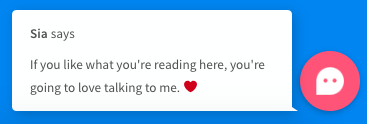
If you have any questions, go ahead. Give her a try. ❤
Get Your Own Sales Specialist For Your Business Today





